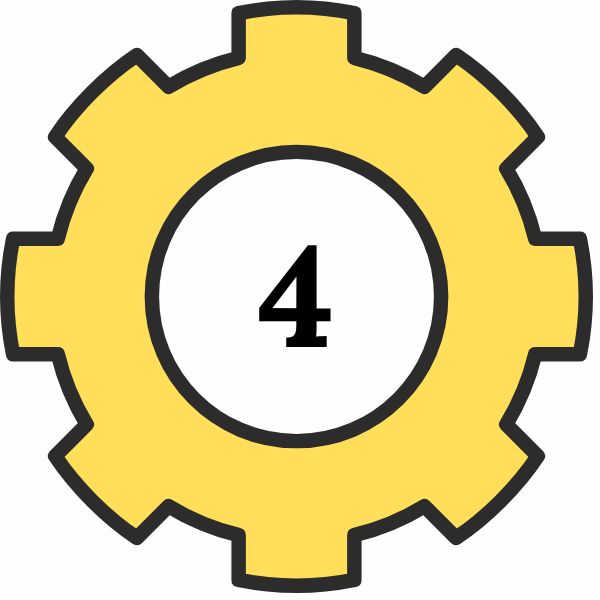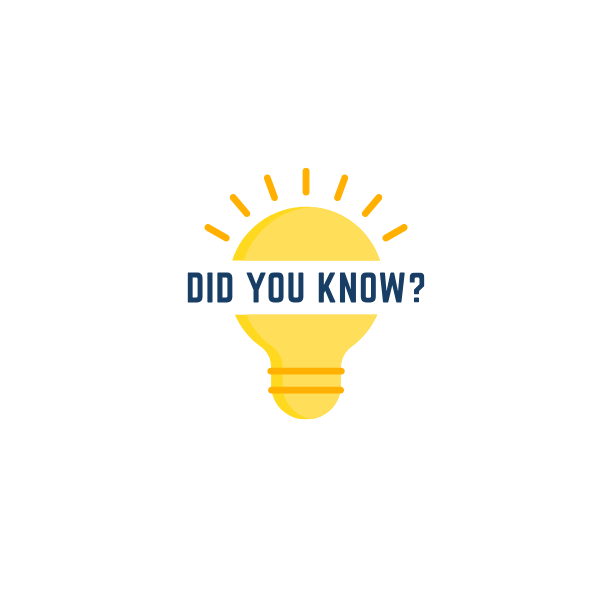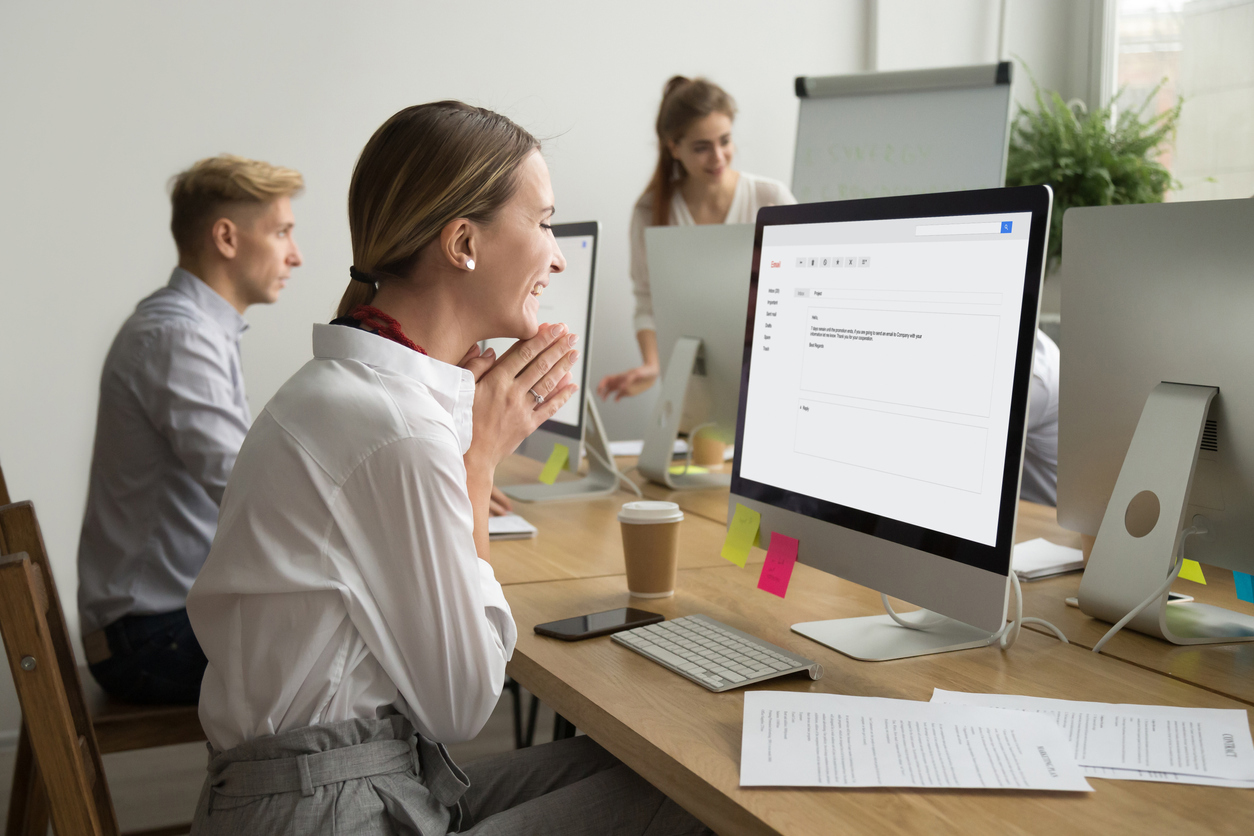May 30, 2025
8 Habits That Will Immediately Strengthen Your Diligence Practice – Part 1
DiligenceResources

In this two-part series, I’m sharing 8 simple but powerful habits that will immediately improve the way you approach diligence. These habits are drawn from real-world experience and are designed to be actionable right away.
Diligence isn’t just about process—it’s about mindset. And like any mindset, it can be shaped and strengthened through habit.
In this two-part series, I’m sharing 8 simple but powerful habits that will immediately improve the way you approach diligence—whether you’re evaluating risks, vetting information, or making critical decisions. These habits are drawn from real-world experience and are designed to be actionable right away.
In Part 1, we’ll cover the first four habits. Each one will challenge you to pause, question, and sharpen your thinking. In Part 2, we’ll finish the series with the next four—equally essential for building a more deliberate, informed, and responsible practice.
Diligence done well is a superpower so consider how you can integrate these habits into your diligence work.
Habits to Immediately Strengthen Your Diligence Practice

Double Check Your Work
This is a simple and useful habit – double or triple check your work product.
When I was a child my teachers and parents would tell me to double or triple check my homework and test answers before it was submitted for grading. This is the same idea, your work will benefit from a second look before you you release it into the world (whatever that looks like for you).
Some examples are:
- Proofread your writing. Is what you wrote clear, are the spelling, grammar and punctuation correct? Significant lawsuits have been brought based on lack of clarity in contracts and operating instructions. Bad punctuation can cost you money.
- Verify that any formulas and math calculations are accurate and correctly applied.
- Check that what you send out is addressed to the correct recipients with the correct addresses. You don’t want your confidential material sent to the wrong parties.
What to do? Avoid unnecessary errors and issues by re-checking your work. If you are not good at proof reading your own work (and may of us are not good at editing ourselves) have someone else look at it.

Be A Skeptic
You can only trust selectively and with the rise of AI it is going to be harder to trust sources. There are two questions you can ask yourself –
- Do I trust this source?
- Is this the real source or is it a fake?
Do I trust this source may be the easier question. Whenever you use a source that is new to you, or that you have not used in a while take the time to perform a careful evaluation of the source.
Evaluating a source includes vetting: i) the publisher or owner of the source, ii) the author or presenter of the information and iii) the actual information. For a more detailed discussion of evaluating a source see It’s Content Judgement Time – Are you up to the task? The web is full of suggestions on how to evaluate sources. Many universities publish online guides.
Is this real? You can decide that a source is trustworthy, for example a scientific organization, but you still have to question if the material in front of you was really authored by the organization.
With the rise of AI this is a difficult task that is getting more difficult. There are widespread software tools that make creating fake content easier and cheaper and the results are more persuasive. The best are deepfakes. Deepfakes are very useful if you want to manipulate behavior, defraud, fool or destroy major events such as elections or smaller events such as a specific payment stream.
What to do? Verify, verify, verify.
If you are not sure if a source, an author or piece of information is accurate or that you are dealing with the entity or person you think you are dealing with, then the best course of action is to verify. Verify may include:
- finding alternative sources for the content.
- tracing the content to the originator. For example, if a source is referencing a report or work by another party, find the issuer or author of the report and read the original. Verify that they actually wrote what you are reading.
- finding multiple different sources to confirm the original content.
- investigating if a particular source of material has been identified as a deepfake subject. Politicians, famous people, well known organizations are all vulnerable to deepfake fraud.
- reaching out to the source to verify what you have found (e.g. the press office of a company to verify that a video is real).
If you are not sure about the authenticity or accuracy of your source material or you can’t verify the content, you should perform a thorough analysis of the risk/benefit of using the material for your diligence project. A reminder – the inability to verify information is, in itself, a key diligence finding.

Look For Yellow Flags
Diligence involves spotting red flags. Content, information, data, behavior that raises an issue or question, maybe is a deal breaker. We are taught to be look for red flags, but are you equally sensitive to yellow flags?
In racing a yellow flag means caution, so the idea for diligence is – are you sensitive to things that may not rise to the level of a red flag but are yellow caution flags. These yellow flags are hints that there may be larger issues. Alternatively, there may be simple explanations that are not meaningful for your diligence. You just don’t know unless you look.
Some examples I can think of include:
- small bits of inconsistent information maybe between sources such as dates on a resume and LinkedIn profile don’t match
- vague or evasive language in an interview or article
- overly complex or convoluted business structures or processes
- a lack of transparency when transparency is typical such as where is the company incorporated or license
- hard to find information that should be easy to find such as the leadership team.
There is no universal definition of a yellow flag, you have to develop a “nose” for them. A yellow flag does not mean there is an issue, it means that you need to do more work.
What to do? Follow up, don’t ignore the yellow flag, take the time to:
- Practice asking yourself questions that lead to identifying yellow flags – is there conflicting information, is it clear, is it definable?
- Once you spot a yellow flag define it. For example, – there is an inconsistency between x and y, or this information should be available and it is not.
- Resolve the yellow flag to your satisfaction
- Involve others, a brainstorming session may be useful for putting something in perspective.
- If you clearly have a yellow flag and can’t it do a risk assessment – what does this mean in light of my diligence project. What happens if I don’t follow up, what do I have to do to follow up?

Make Sure You Understand?
A portfolio fund manager told me a good story that is a great lesson.
When one of the various derivative related crises was happening her fund dodged the losses that were hurting the returns of other funds. She skipped investing in the problematic derivatives. Yes, they were offered to her with aggressive sales pitches. When the salesman showed up to try to sell her the instruments she asked him to explain in detail how the derivatives worked. they worked. He couldn’t explain to to her to her satisfaction. She refused to consider the investment, her philosophy – if the person selling the investment could not explain it to her, she wasn’t putting it in her portfolio.
I immediately saw the wisdom of this approach. After all she was the leader so she needed to understand the intricacies of the investment to make an informed investment choice and how do you buy something from someone that has not taken the time and made the effort to understand what they were selling. And there may be a third lesson, selling something that cannot be explained is a big red flag for a fraud.
It seems so obvious but there are so many ongoing billion dollar fiascos that point to a fundamental lack of understanding by very educated, skilled and very wealthy people. Just in the last 20 years there was the:
– 2008 financial meltdown – which exposed the fact that major players in a variety of financial companies and related industries did not understand what they were buying, selling, rating or insuring. The estimates vary as to the impact of this global crisis but it is in the trillions. Here is an Investopedia breakdown with citations.
– Billion dollar Madoff Ponzi scheme – investors of all types, individuals, funds and institutions were eager to invest with Bernard Madoff believing that he was a brilliant and secretive investment genius using an investment strategy that they did not need to understand or verify. The Madoff Ponzi scheme is estimated to involve about 20 billion dollars in direct losses.
– Theranos scandal – in which a start up company raised billions of dollars from venture capitalists, family funds and wealthy individuals for a medical device and process that was not vetted, tested or reviewed by the typical scientific and healthcare industry authorities and experts. According to Crunchbase it is estimated that Theranos raised about 1.3 billion dollars.
What if in each of these examples, people said, “I don’t understand, please explain it to me or if necessary, to my expert?” Well, in some cases they did and they were the entities and individuals that declined to make the investments and therefore were not part of the losses.
What to do – Ask the questions, and if you still don’t understand – ask again. And if you think that the reason you don’t understand is that specialized knowledge, education or experience is needed, get the right expert to assist. You or your expert surrogate have to understand.
This is not about risk assessment. Risk assessment is a decision made when you understand the various elements relating to the issue. A decision to go forward without proper understanding is careless or foolhardy – it is not diligent.
To Be Continued…

About Deepfakes
These are some sources you can use to begin to get an understanding of what deepfakes are as well as some of the issues associated with deepfakes. This is an evolving area that is complicated and very technical. If this issue is relevant to your organization consider consulting with experienced and knowledgeable experts.
The Alan Turing Institute – What are deepfakes and how can we detect them?
MIT Media Lab – Detect DeepFakes: How to counteract misinformation created by AI
Illinois State University – Milner Library – What are deepfakes?
University of Hawaiʻi – West Oʻahu – Digital Forensics Techniques to Detect Deepfakes
University of Buffalo – Media Forensics Lab – DeepFake-o-meter
More ideas, strategies and sources are available for free – just subscribe to the Diligence File email.


Subscribe for Diligence Updates
Get the latest updates, resources, offers, and more.
"*" indicates required fields
The Diligence File respects your privacy. Privacy Policy